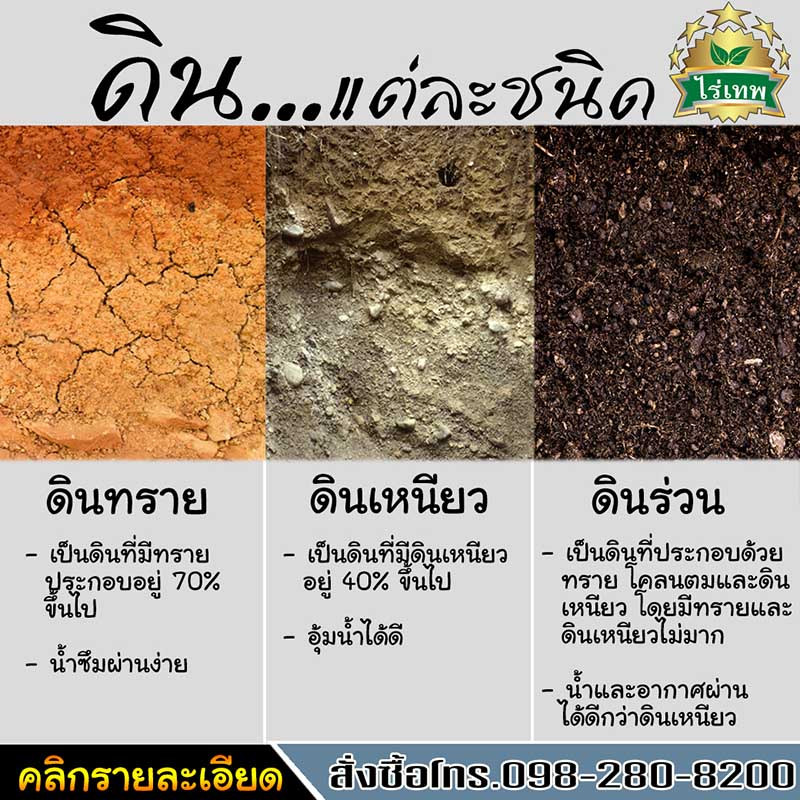No products in the cart.
Uncategorized
Farmers must preserve the soil
A soil’s texture is determined by the mineral particle sizes it contains. Sand, silt, and clay — the mineral particles in soil — are derived from rock broken down over thousands of years by climatic and environmental conditions (rain, glaciers, wind, rivers, animals, etc.).
Soil type
1. Clay is a soil that, when wet, is flexible. Clay particles are extremely fine — smaller than 0.002 mm. They feel sticky in your fingers when wet and clump to the point that you can’t see an individual particle without a microscope.
2. Sandy soil is a soil that has good drainage and air. Has low water holding capacity, Low fertility because of their ability to capture plant nutrients. The plants on the upper layer of sandy soil therefore often lack both food and water. The largest, coarsest mineral particles are sand. These particles are 2.00 to 0.05 mm in diameter and feel gritty when rubbed between your fingers.
3. Loam soil is a soil with relatively fine texture. Somewhat flexible and has good medium drainage. Classified as suitable soil for cultivation in nature. It is rarely found but can find soil with similar texture. Silt particles are 0.05 to 0.002 mm and feel similar to flour when dry.
The color of the soil. The color of the soil will tell us the fertility, the amount of the mixed organic matter and transformed into humus in the soil. Makes the color of the soil different, if there is less humus, the color will fade, less fertility
RaiThep recommends that farmers must preserve the soil. To reduce problems arising from erosion or the loss of topsoil fertility Will cause other problems to follow, so we should prevent the soil from collapsing or deteriorating, which can be done by soil conservation
1. Proper use of land Planting should consider the type of plants suitable for soil properties. Cropping and leveling tillage to prevent soil erosion
2. Soil improvement Adding nutrients to the soil By watering the fields that mix water into the soil Making pervious soil suitable for planting
3. Prevention of soil degradation, including ground cover plants Crop rotation Cropping the wind Leveling tillage Soil erosion prevention and leaching Including not burning forests or shifting cultivation
4. Soil moisture Drainage of waterlogged soil, land transport and use of materials.
